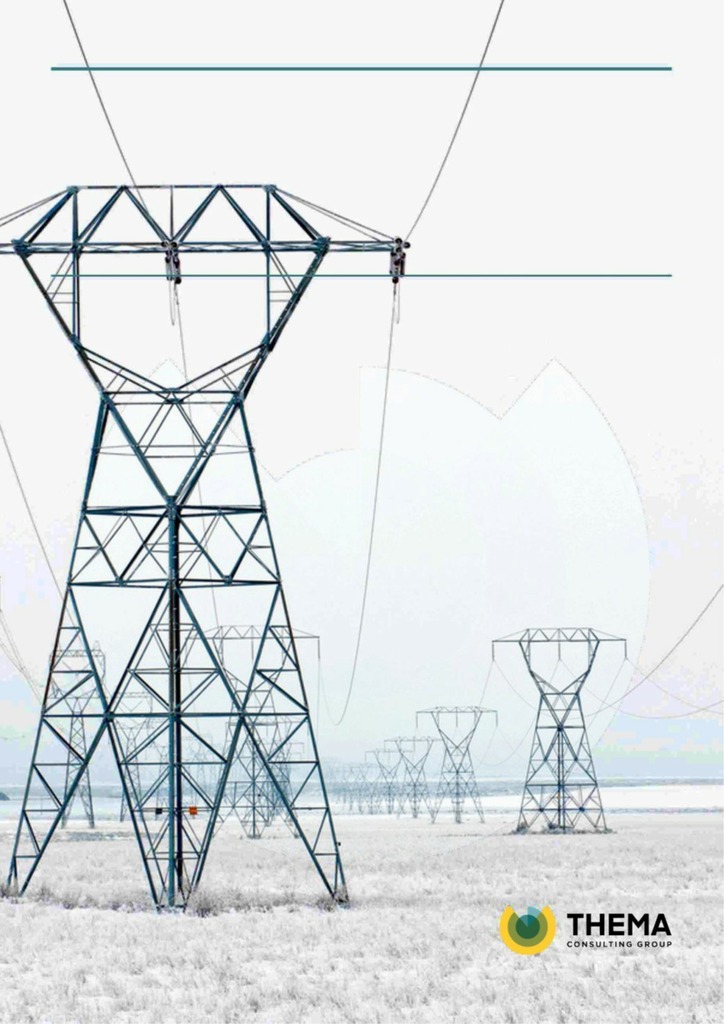
A comparison of different ways to implement the 70 percent rule
System Operators are required to make as much transmission capacity as possible available to the power market for the trading of power between bidding zones. They are assumed to comply with this requirement if at least 70 percent of the capacity of critical transmission network infrastructure is made available. The remaining 30 percent can, for example, be used for transferring power within a zone, handling loop flows and/or providing an operational safety margin.
The legislation establishing the 70 percent rule provides little detail on how compliance should be assessed. ACER has subsequently published detailed methodological guidance and conducts monitoring. However, enforcement is primarily the responsibility of National Regulatory Authorities and there remain potentially important differences in national monitoring practices. Consequently, the German NRA may conclude, based on their methodology, that the German TSOs are compliant even when ACER’s monitoring implies that they are not. We discuss three national variations from ACER’s methodology in this report:
• The German NRA employs an alternative methodology to calculate the capacity being made available for flows on non-coordinated borders,
• The French NRA opts not to enforce the rule for market times units and borders where there is full price convergence, and
• The Polish NRA opts not to account for the impact of ‘allocation constraints’ on potential cross-zonal trade volumes.
